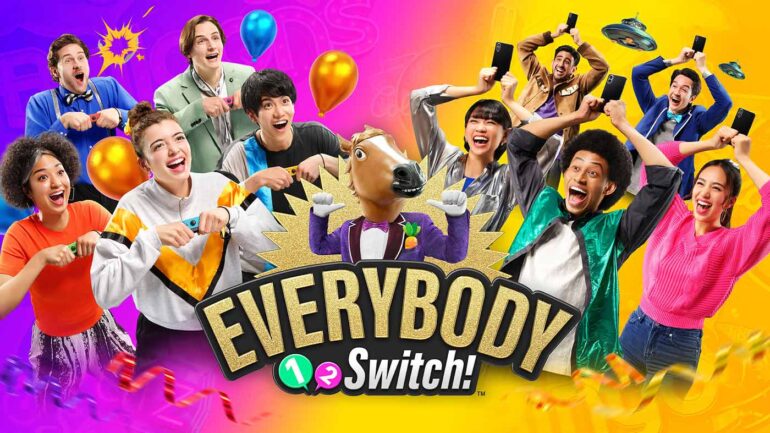Everybody 1-2 Switch has a bit of a weird history. Its predecessor was one of the Switch’s earliest first-party titles that, while doing a great job of showcasing the capabilities of the Joy-Con controllers, was relegated to Expensive Tech Demo Hell pretty quickly. Then in 2022, Fanbyte reported that a sequel to 1-2 Switch was secretly tucked away inside Nintendo’s vaults, having performed so poorly in player testing that the company wasn’t entirely sure what to do with it.
Fast forward almost exactly a year, and Everybody 1-2 Switch has finally materialised and, somewhat surprisingly, it seems to be more or less exactly the game that Fanbyte’s report described and originally had playtesters less than enthused. After getting to spend some time with the game at a Nintendo-held event with a couple other dozen journalists and content creators, and then playing a bunch more in the comfort (and privacy) of my own home, I can say that while I absolutely wish there was more content and variety here, Everybody 1-2 Switch is a half-decent follow-up to a game that I’m still prone to whipping out at gatherings to this day.
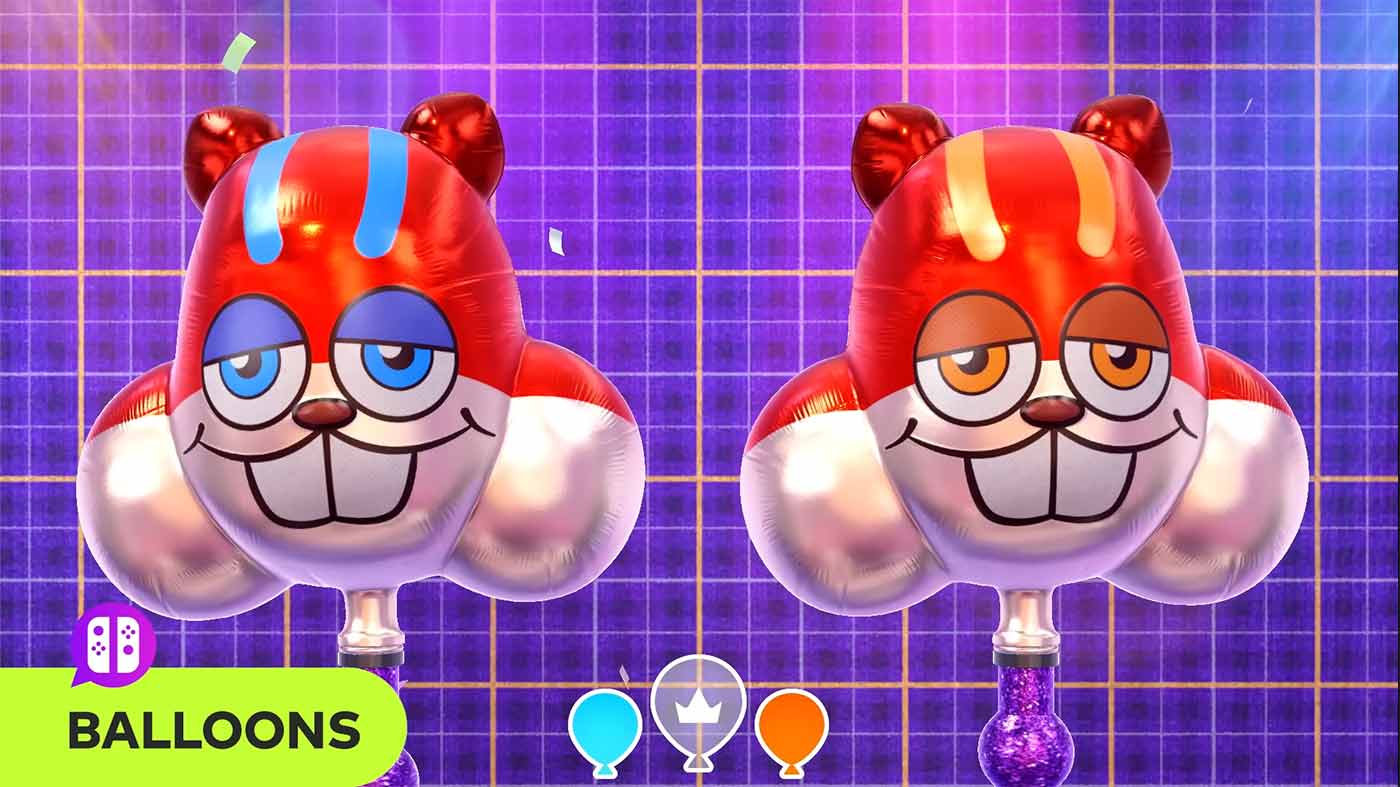
Booting up the game, you’re presented with a choice of either playing with Joy-Con controllers or smart devices – one of the big distinctions between this new title and the last one. From there you’re given the option of playing one of three different lengths of contests, either 20, 40 or 60 minutes with each a points-scoring competition set across a semi-random selection of mini-games. You’ll need to play the game this way initially, as playing each mini-game at least once is the only way to unlock them for on-demand play later on. Led by Horace, a man in a rubber horse mask acting as the game’s mascot and presenter, it’s all nicely presented but immediately quite barebones.
The important thing though, is the selection of games to play, and Everybody 1-2 Switch has 17 of them to choose from with just 13 being playable using a single Joy-Con for each player (up to a total of 8). Splitting however many players there are into two teams, the Joy-Con based games are simple, mostly quite physical affairs that ring true of what was in the last collection, things like Jump Rope, Hip Bump, Squats and Musical Chairs that are sure to get a giggle out of those participating and watching.
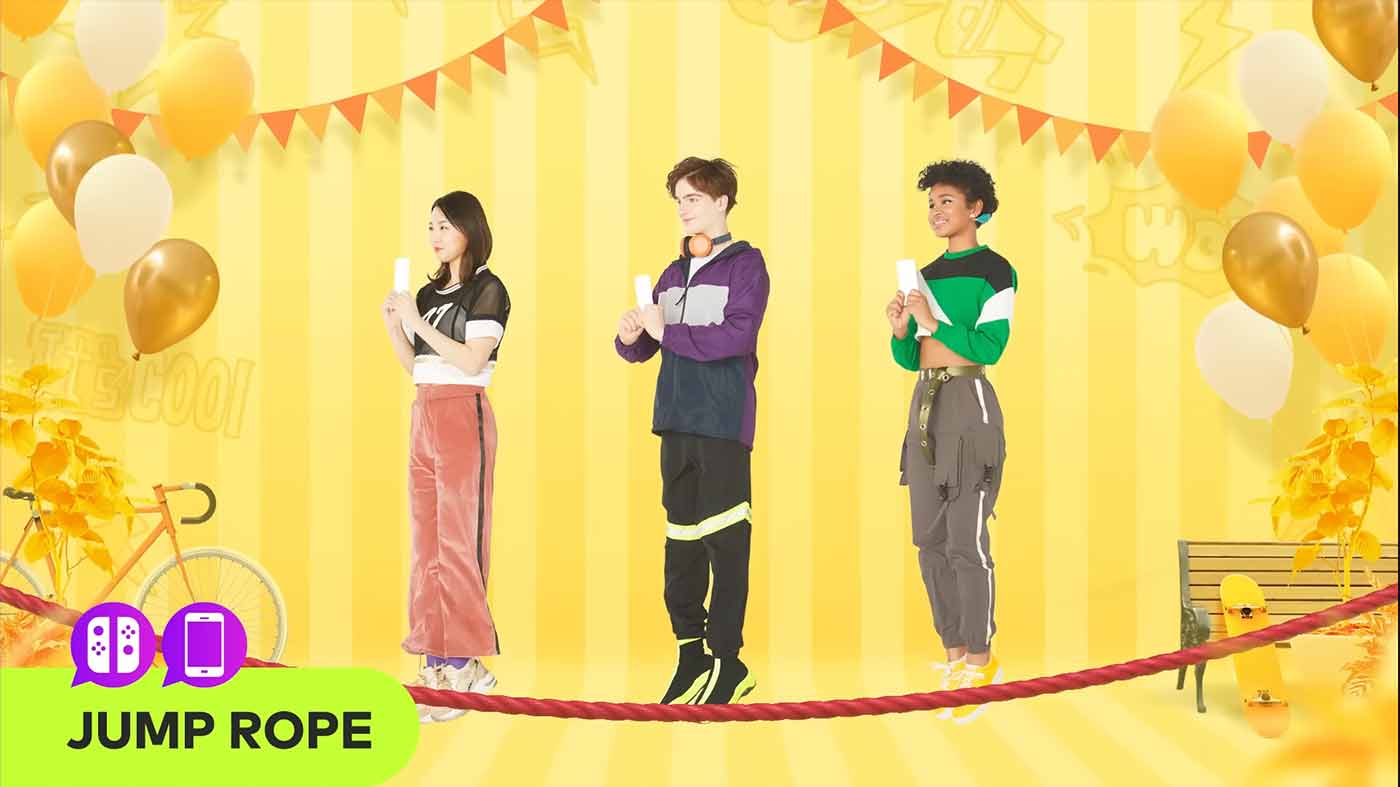
Some of the quirkier ones, like Kitchen Timer or UFOs, feel almost like the highlights of the original 1-2 Switch and its selection of games designed to sell what the Joy-Cons were being touted for at the time, but across the board there’s a bit of a lack of the truly special features like HD Rumble and the IR sensors being used – it’s pretty much all just basic motion-control stuff that most of the time doesn’t even demand a great deal of accuracy.
Nintendo was clearly inspired by Jackbox with some of the other gameplay concepts it’s brought to the table here, with a selection of games that can be optionally – or mandatorily – played with smart devices instead of Joy-Con controllers. The huge advantage is that, either in-person or via online servers you’ll be able to play some of the games with up to 100 players. Then, there are also a handful of games strictly playable with a smart device, and while some of these work and could actually be a ton of fun to see played out over web streams or on Discord hang-outs they’re definitely not all created equal.
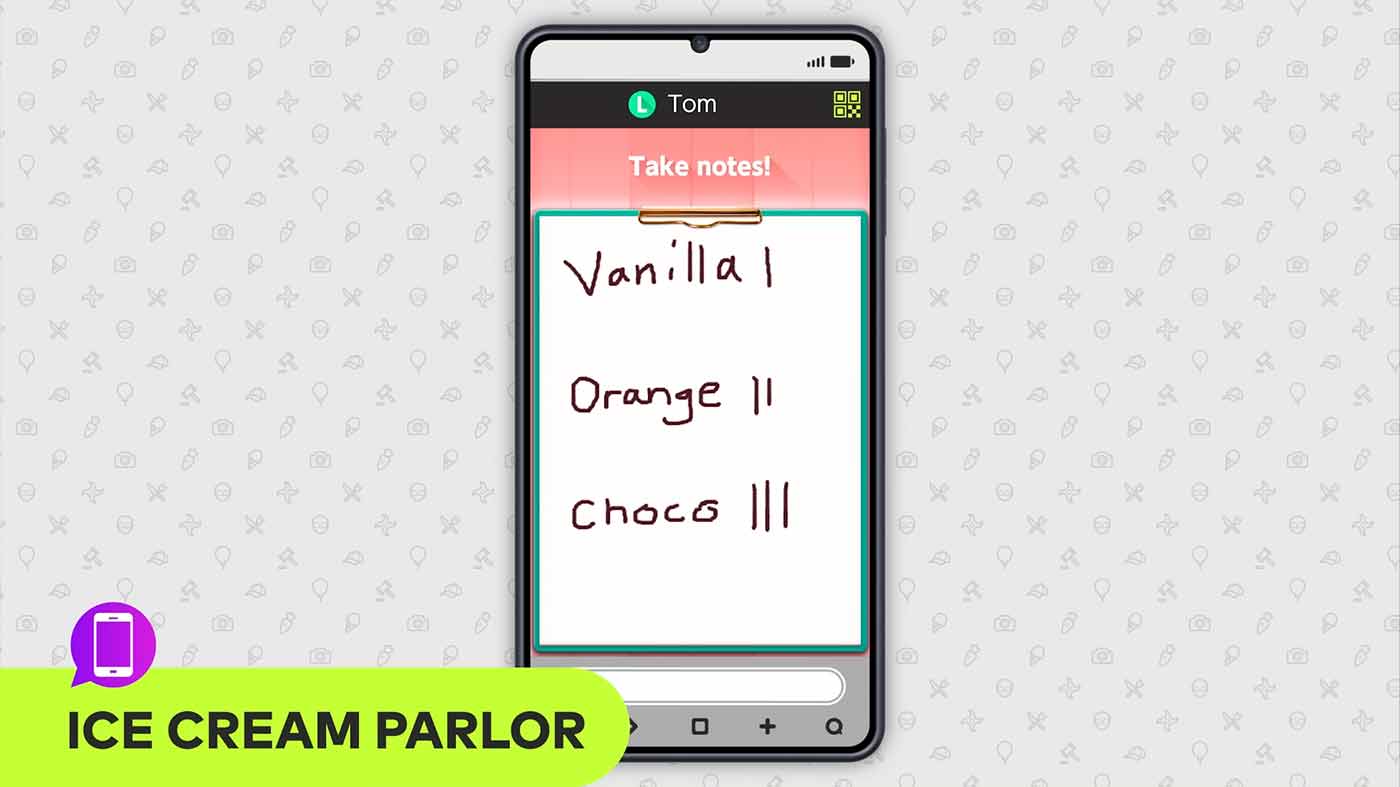
Colour Shoot for instance, is a genius idea and a blast to play. It tasks two teams of players to match a colour displayed on-screen with something in the real world by taking a photo of it with their smart device camera, which in both the group session I attended and at home led to some great moments of discovery and more than a few giggles. It might be a bit wanky to say but having a game force me to properly break away and observe my surroundings, paying attention to something I’d normally take for granted like colour, felt genuinely fresh and inventive in a very Nintendo way. I also had a heap of fun with Ice Cream Parlour, flexing my mental muscles, listening skills and teamwork to record scoop orders at an ice cream store.
But for every Colour Shoot or Ice Cream Parlour, you get Bingo. Which is… bingo. Or Quiz Show, which is a very simple true or false competition where teams attempt to buzz in answers to basic trivia questions as fast as possible. It really doesn’t exemplify the kind creativity or chaos I’d expect from a Nintendo party, but the saving grace in Quiz Show is a custom question mode that would really suit tightly-knit social gatherings like weddings or showers with a more personal touch.
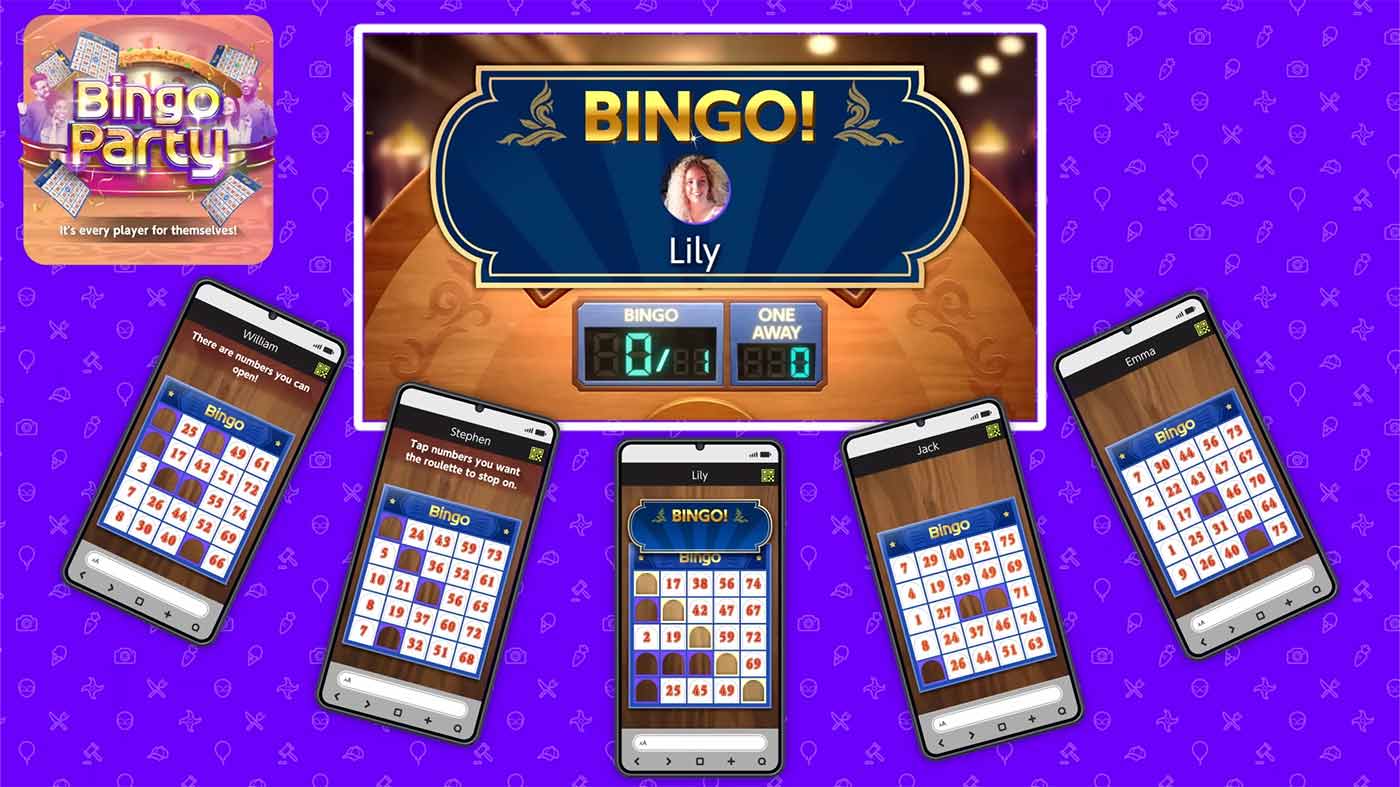
Similarly straddling the fence between creative and banal is Auction, which initially was a ton of fun with two opposing teams battling to outbid each other on different items worth specific point values. The rub lies in the fact that the items are worth different point values to either team, and those values are kept secret between teams, so strategy comes in feigning interest or disinterest in each article in order to trick your opponents into bidding high and burning through their pool of funds. With an on-device interface that lets you secretly chat amongst your fellow auction attendees and celebrate devious plays it’s very well thought-out, but the length of time it takes to figure out how to best work as a team and win is exactly how long it takes for the gimmick to get old.
I’ll avoid going into detail on absolutely every game that’s included here, for fear of spending more time writing about Everybody 1-2 Switch than it took for the game to go from official reveal to release, but what I’ve described so far should be taken as an indication of the overall quality of the package here – it’s a bit of a mixed bag. For every riotously fun party game, there’s one that doesn’t work, or one that does but gets old far too quickly. When the collection consists of 17 games in total (with some extra variations on most, to be fair) that doesn’t work out to great odds.
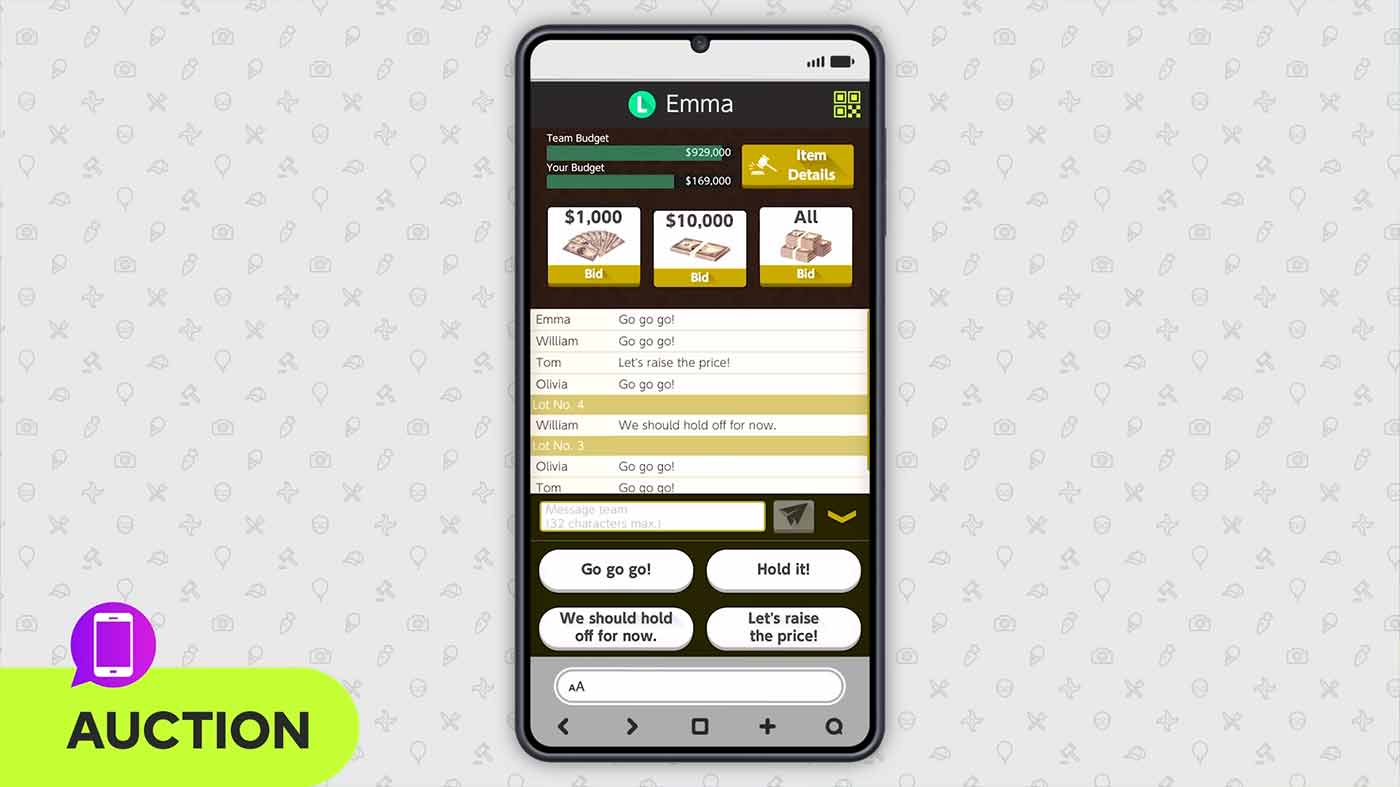
Something worth calling out is how easy that the smart device stuff is to set up for quick play in groups, taking the Jackbox philosophy of just handing out players a server-based room code (via a QR code or URL) to join in a game without having to deal with any sign-in rigmarole. It’s super painless, and each player gets to assign themselves a profile name, photo and send little chat messages and emotes during downtime which is cute. Plus, it really is a blast with large groups of people in a way that I’ve not yet experience when it comes to mini-game compilations.
Much like the original 1-2 Switch, at the end of the day Everybody 1-2 Switch is a decent little Switch title to have tucked away in a cupboard for your next drunken or family-oriented gathering. It’s a great way to get people moving, laughing and – in probably the biggest green tick for the sequel – playing and bonding as a team. I’d argue it actually offers a little more value than your average Jackbox Party Pack at $49.95 AUD, but it’s still missing the kind of creative spark I’d want from Nintendo. Presentation-wise it’s another combination of clean, high-res videos of actors doing the motions on-screen and VFX with stylised cut-outs and the like. It’s definitely got a bit more pizazz and seemingly higher production values than the previous game though, which is a plus.
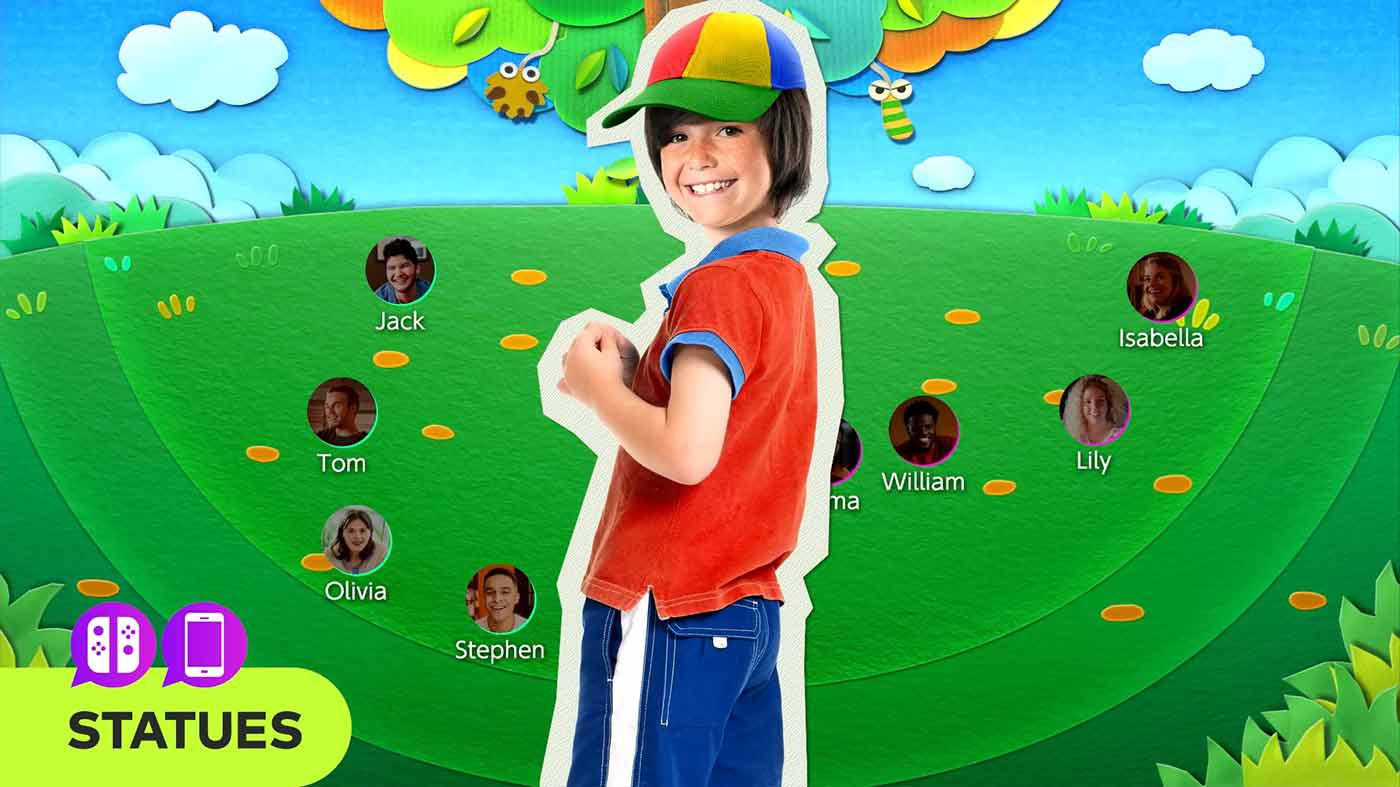
At the end of the day, Everybody 1-2 Switch attempts to shake up the formula of its predecessor by introducing second-screen games and upping the potential player count considerably, and it does a decent enough job of it. Even at a cheaper price of entry than the last game was at launch though, the issue of longevity comes with the mixed quality of its 17 included mini-games and threatens to limit the potential fun.


